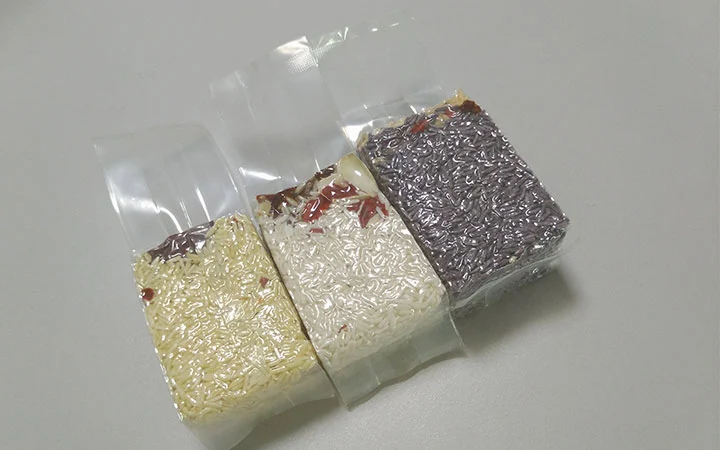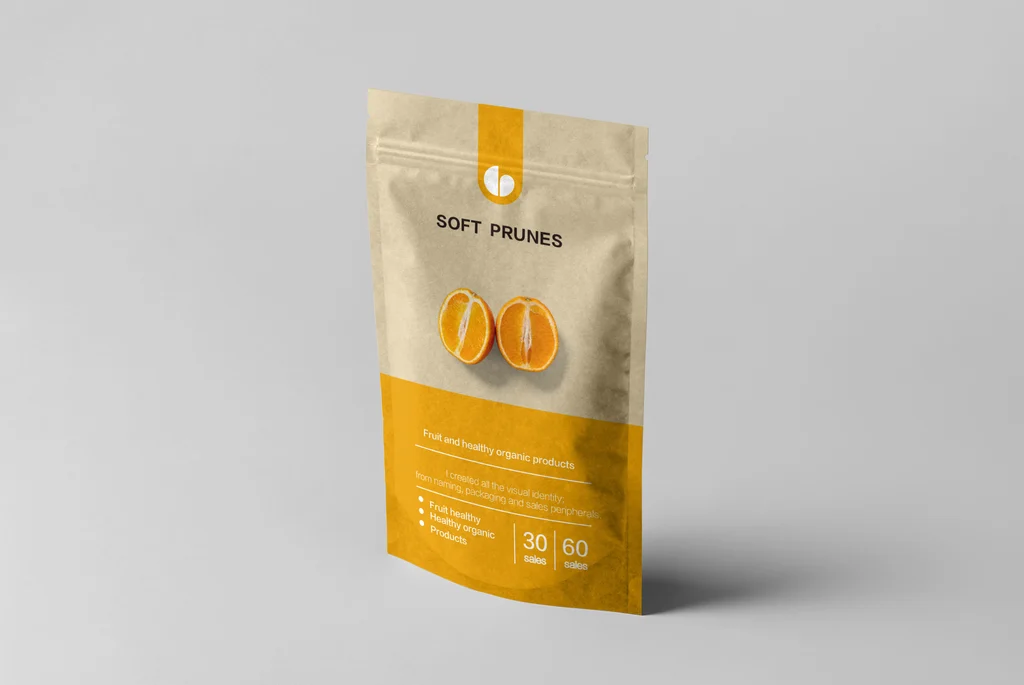Food vacuum bags, also known as reduced-pressure vacuum packaging, are designed based on atmospheric pressure principles. Their primary function is to isolate oxygen, thereby helping prevent food spoilage and deterioration. Vacuum packaging removes oxygen from the bag using a pump, reducing cellular oxygen levels to inhibit microbial growth. Vacuum packaging effectively prevents oxidation, preserves food texture, avoids spoilage, and minimizes vitamin A and C loss.

Food vacuum bags also play a vital role in secure transportation. They prevent food contact with other cargo and reduce theft risks. Some food packaging bags feature reinforced designs with anti-counterfeiting labels, helping protect businesses from losses. Additionally, vacuum bags can incorporate laser marking, special colors, or additional certification labels. To deter theft, some retailers attach electronic surveillance tags to packaging, which are deactivated at checkout via demagnetization systems to prevent theft.
Moreover, food vacuum bags offer excellent anti-static and electrostatic shielding properties. They appear silver-gray or translucent, allowing visibility of contents. Available in various forms—flat pouches, zipper bags, gusseted bags, and stand-up pouches—they are widely used for packaging electrostatic-sensitive electronics like motherboards, sound cards, and graphics cards.
I. Primary Materials for Custom Vacuum Packaging Bags
PE Material: Suitable for low-temperature vacuum packaging. Not recommended for products requiring heating; commonly used for frozen seafood.
RCPP Material: Ideal for high-temperature boil-proof bags, thus predominantly used in such applications.
PA Material: Enhances physical strength and offers superior puncture resistance.
PET Material: Increases mechanical strength.
AL Material: Commonly known as aluminum foil, it offers high barrier properties, light blocking, and moisture resistance.
PVA Material: Enhances barrier performance with high-barrier coatings.

While these materials possess distinct characteristics, a single material cannot achieve the full vacuum packaging objective. WANLE manufacturer combines different packaging materials through various composite processes based on the contents.
Common vacuum composite bag materials include: PA/PE or PA/RCPP, PET/PE or PET/RCPP. Three-layer and four-layer vacuum packaging bags also exist to enhance material properties: PFT/PA/PF, PFT/AL/RCPP, PA/AL/RCPP, PFT/PA/AL/RCPP.
These vacuum packaging bags provide the following functions:
1. Strong air barrier properties, oxidation resistance, waterproofing, and moisture protection.
2. Superior mechanical strength, high burst resistance, and excellent puncture and tear resistance.
3. Heat resistance (121°C), cold resistance (-50°C), oil resistance, and excellent aroma retention.
4. Odorless, compliant with food and pharmaceutical packaging hygiene standards.
5. Excellent heat-sealing properties, flexibility, and high barrier performance.
II. Causes of Low Transparency in Vacuum Bags
1. The adhesive itself has excessive coloration—deep yellow, reddish-yellow, or even dark reddish, like soy sauce—which transfers to the film. For high-transparency applications, use pale yellow or colorless adhesives.
2. Transparency issues with the vacuum bag substrate. Surface defects on the inner substrate layer—such as “shark skin,” flow marks, or crystallization spots—severely compromise the transparency of the laminated product. Foggy ink plate contamination transferred to non-printing areas during printing also significantly reduces the transparency of the composite film.
3. Issues with adhesive mixing for vacuum bags. Improper mixing procedures prevent thorough blending of the base agent and curing agent, potentially causing “glue particles” to form.
4. Visible defects like glue spots on the finished vacuum bag composite.
5. Improper oven temperature settings for vacuum bags. Excessively high initial oven temperatures cause rapid drying, leading to accelerated solvent evaporation from the adhesive surface. This locally increases surface adhesive concentration, forming a skin layer. As heat penetrates deeper into the adhesive layer, solvents beneath the skin vaporize and burst through the adhesive film, creating volcanic-like ring patterns. These concentric rings result in uneven adhesive layers and opacity. Therefore, the oven temperature should gradually increase from the inlet to the outlet, forming a gradient from low to high. This allows solvents to evaporate systematically and continuously from the interior to the exterior.

6. Excessive adhesive application also makes the adhesive layer more prone to developing the defects mentioned above during drying.
Wanle Package specializes in producing high-quality food packaging bags. Contact us now to enjoy excellent service and customized solutions!
